Introducing Relish+
A premium membership that allows you to save any recipe, from anywhere. Once saved, you can edit and resave recipes to make your own, personalized version. Nutrition and dietary labels will be auto-magically recalculated as you edit. You can also create shopping lists, build a personalized calendar from your saved recipes, or choose from our 700+ pre-built weekly meal plans.
Today is National Pineapple Upside-Down Cake Day!
-
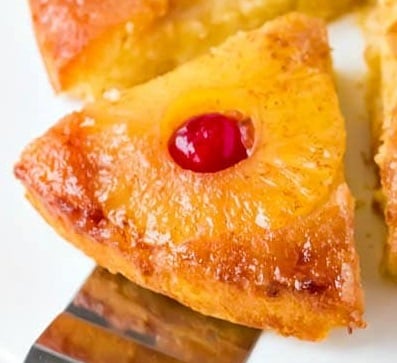
Pineapple Upside Down Cake
spaceshipsandlaserbeams.com -
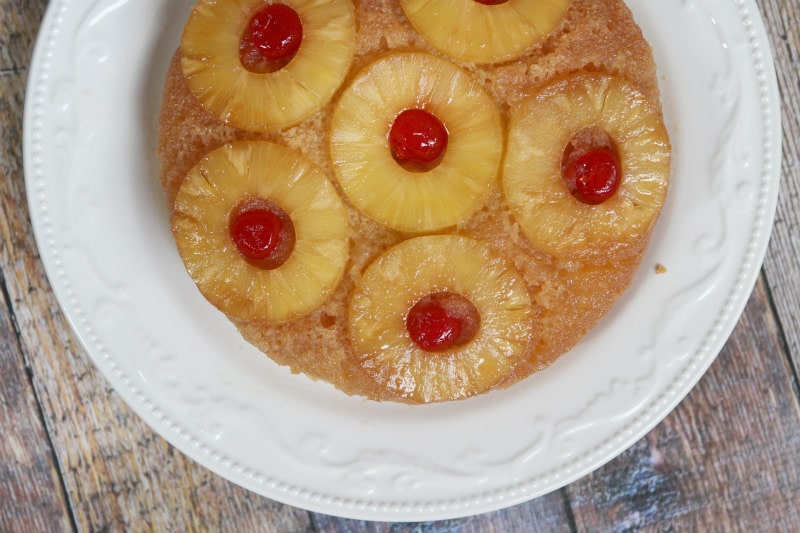
Pineapple Upside Down Cake
recipegirl.com -
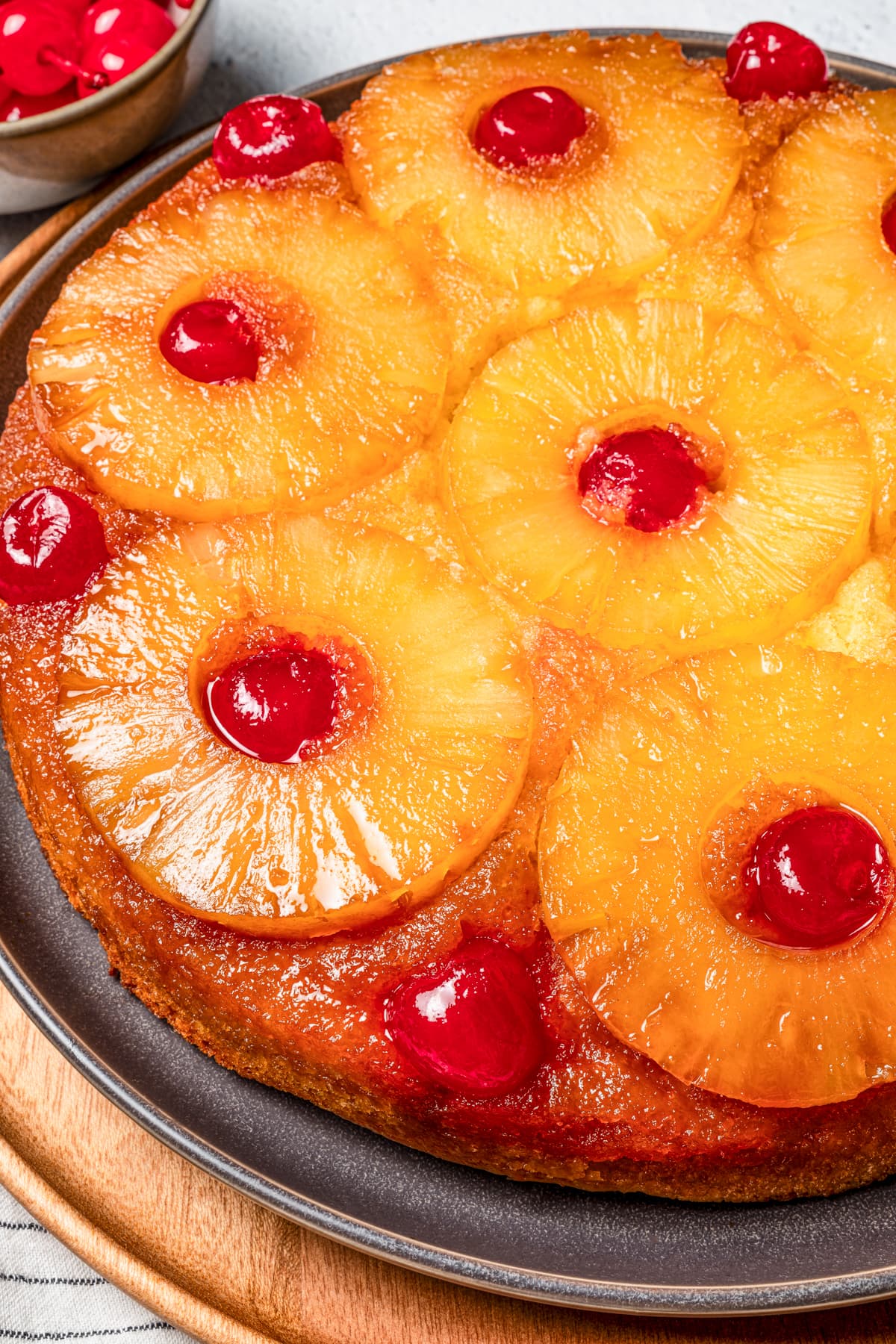
Pineapple Upside Down Cake
diethood.com -
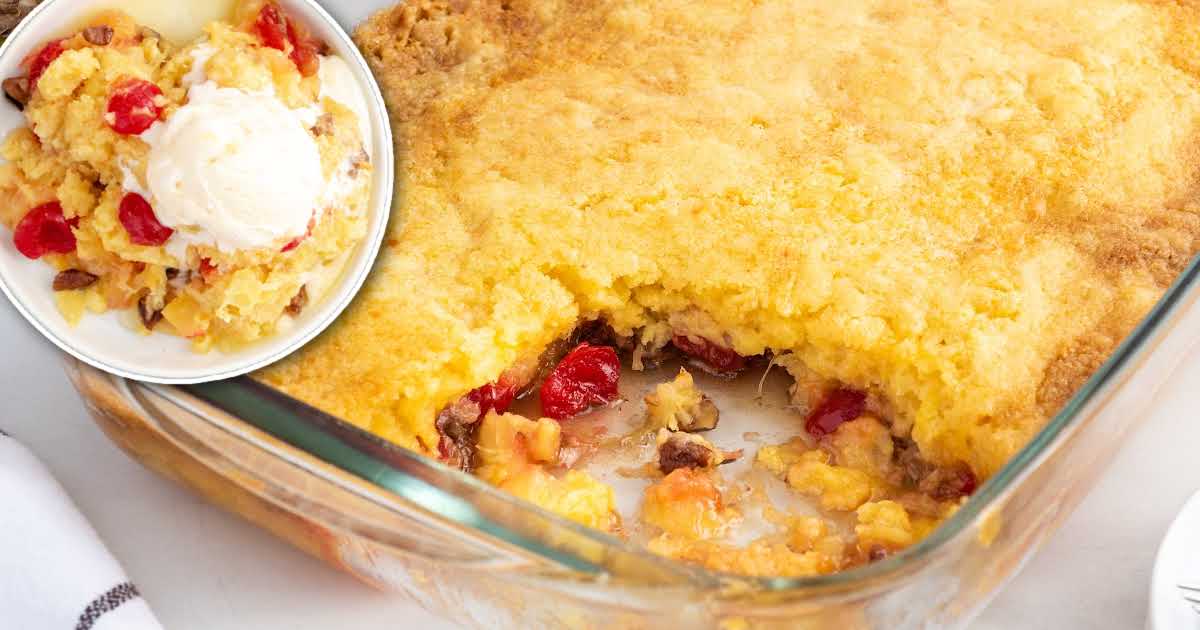
Pineapple Upside Down Dump Cake
spaceshipsandlaserbeams.com -
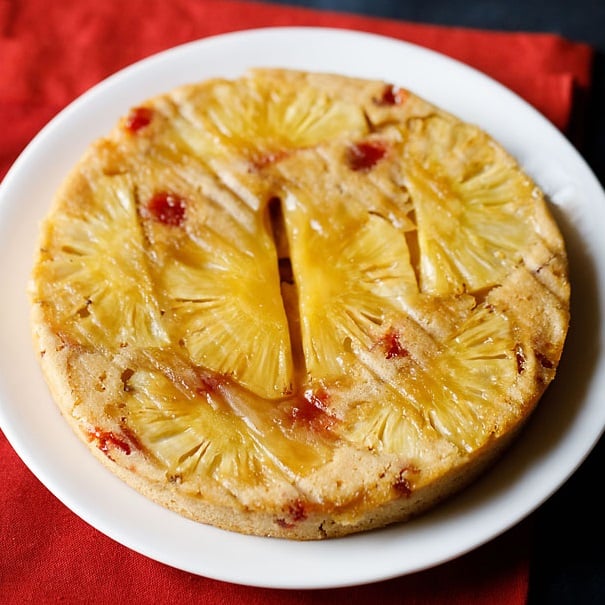
Pineapple Upside Down Cake
vegrecipesofindia.com -
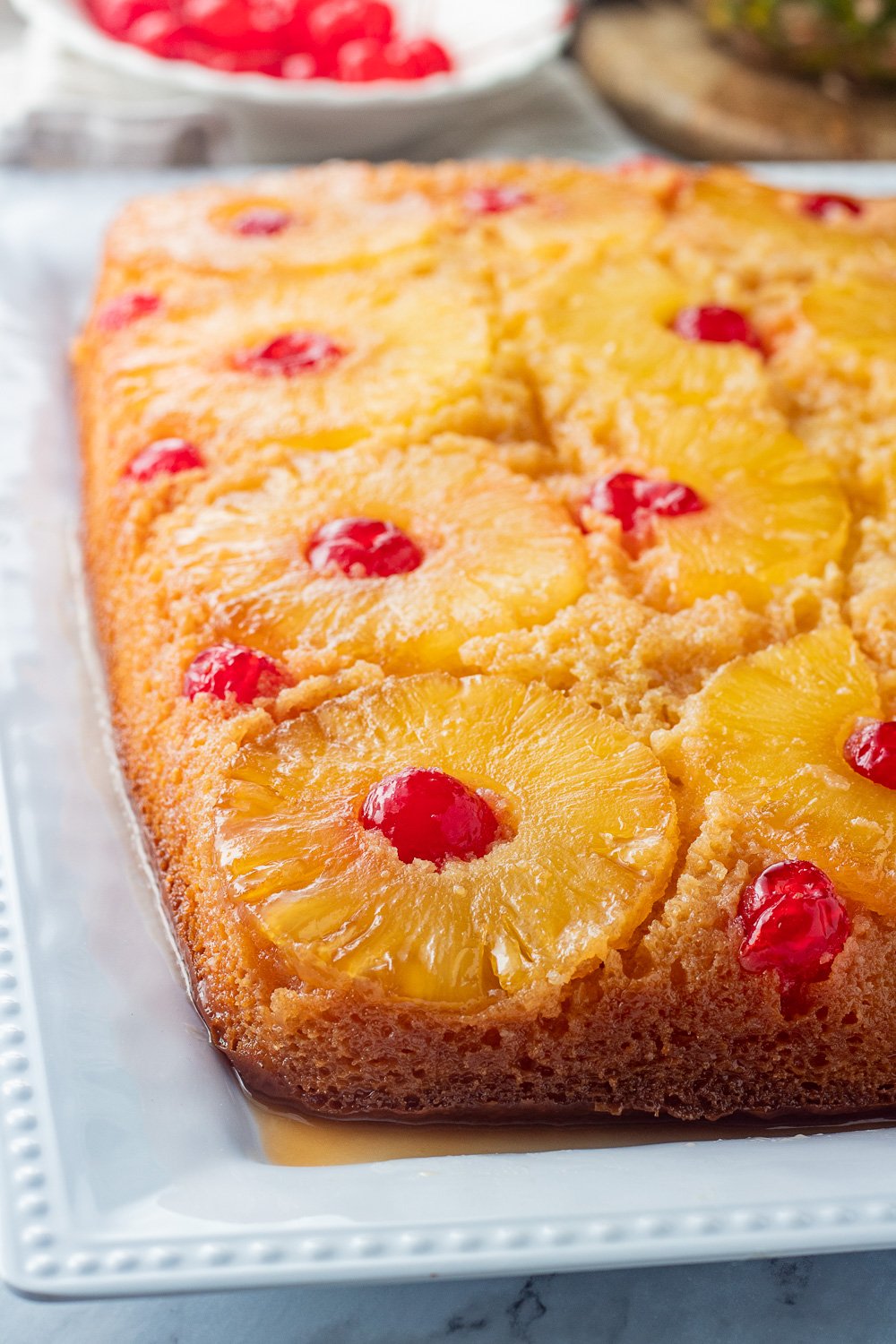
Easy Pineapple Upside Down Cake
iwashyoudry.com -
/pineappleupsidedown-73109893-56cb89aa3df78cfb379db783.jpg)
Pineapple Upside Down Cake Recipe
thespruceeats.com -
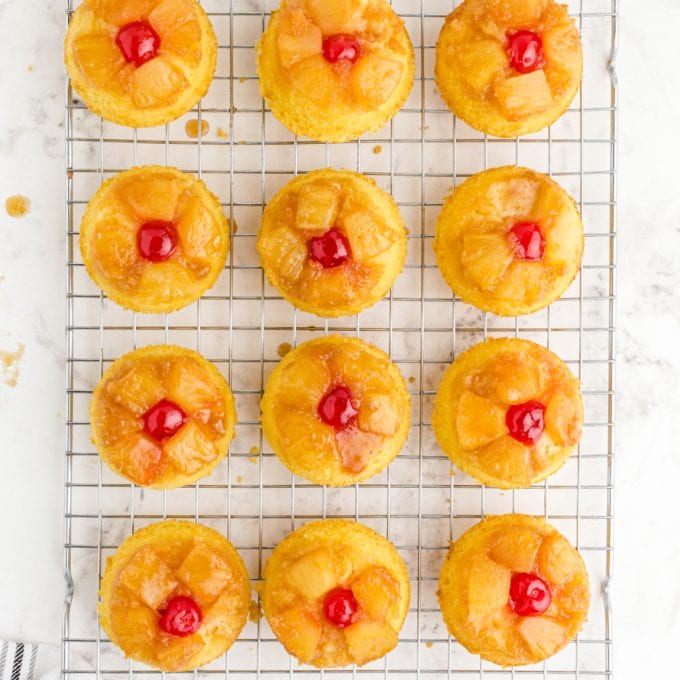
Pineapple Upside Down Mini Cakes
spaceshipsandlaserbeams.com -
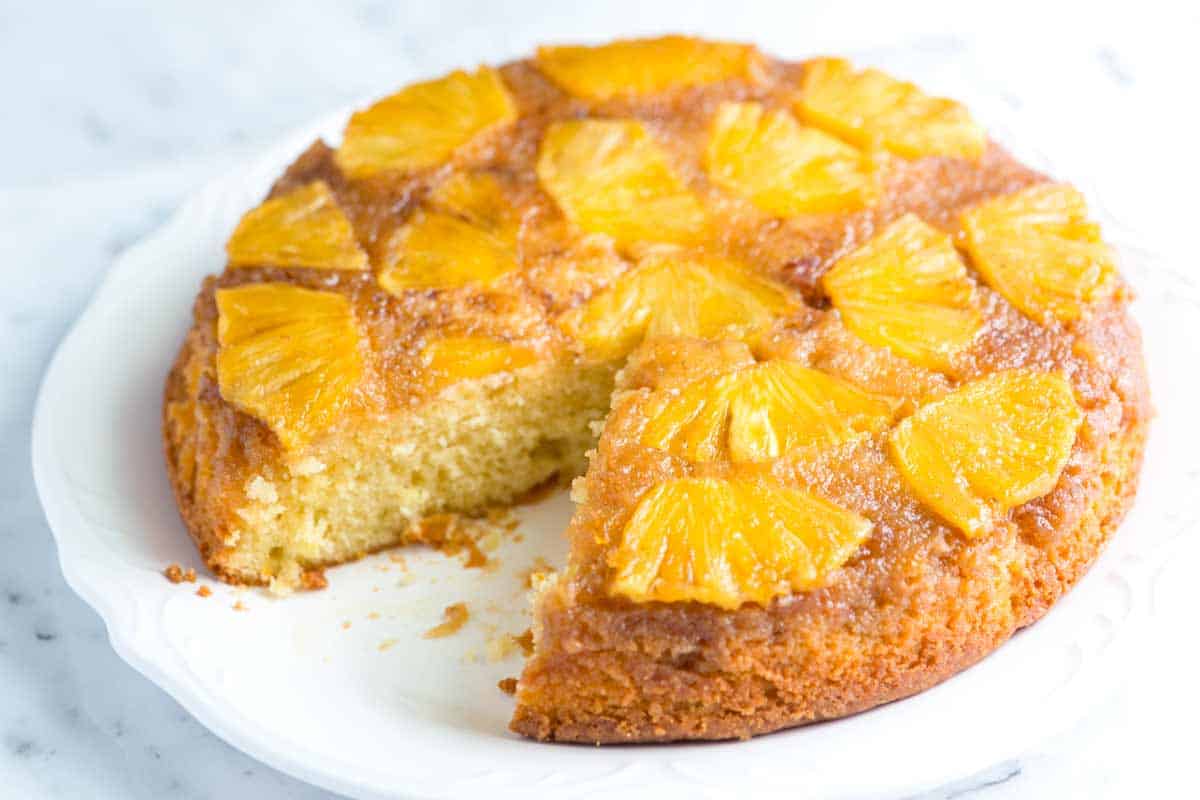
Fresh Pineapple Upside Down Cake
inspiredtaste.net -
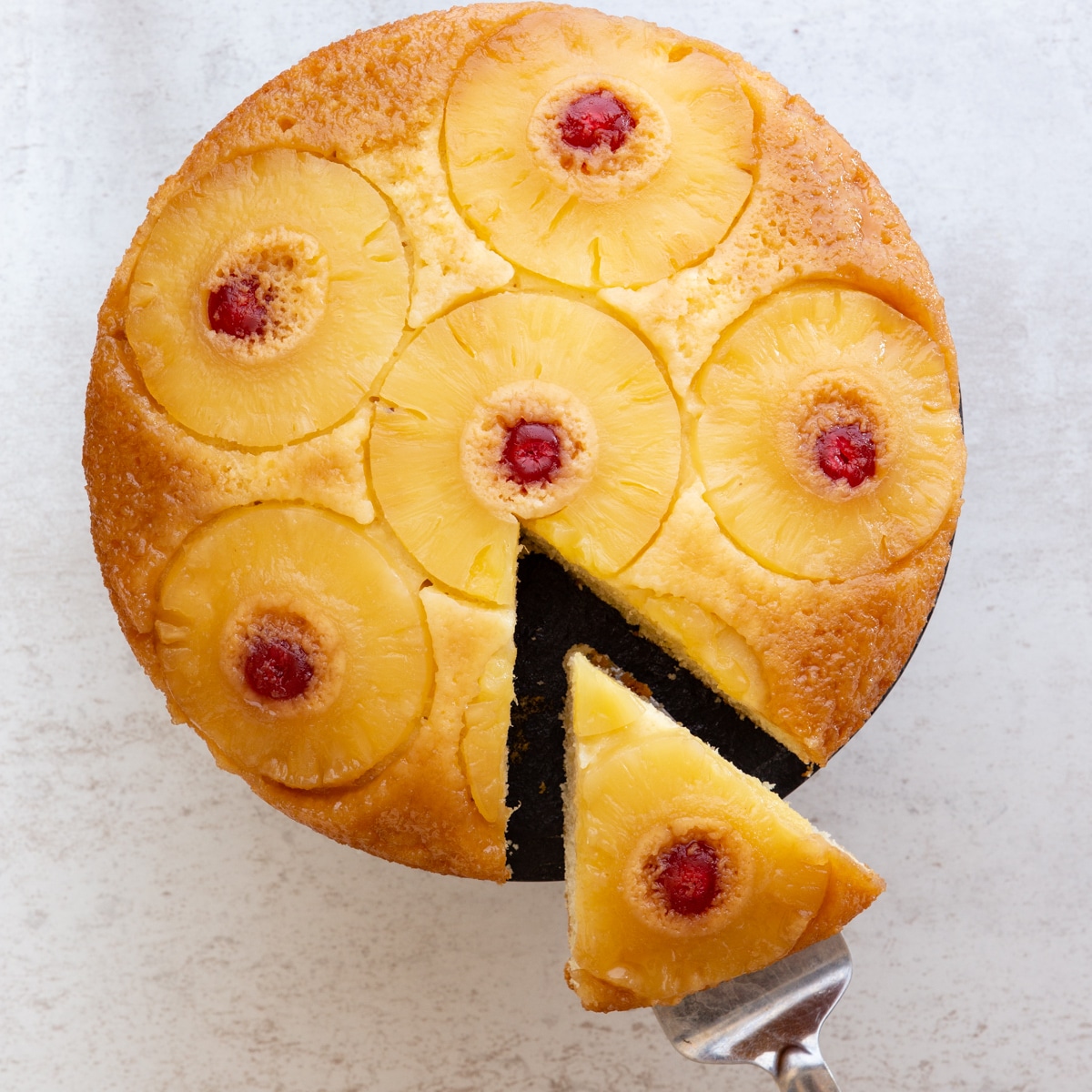
Pineapple Upside-Down Cake Recipe
anitalianinmykitchen.com -
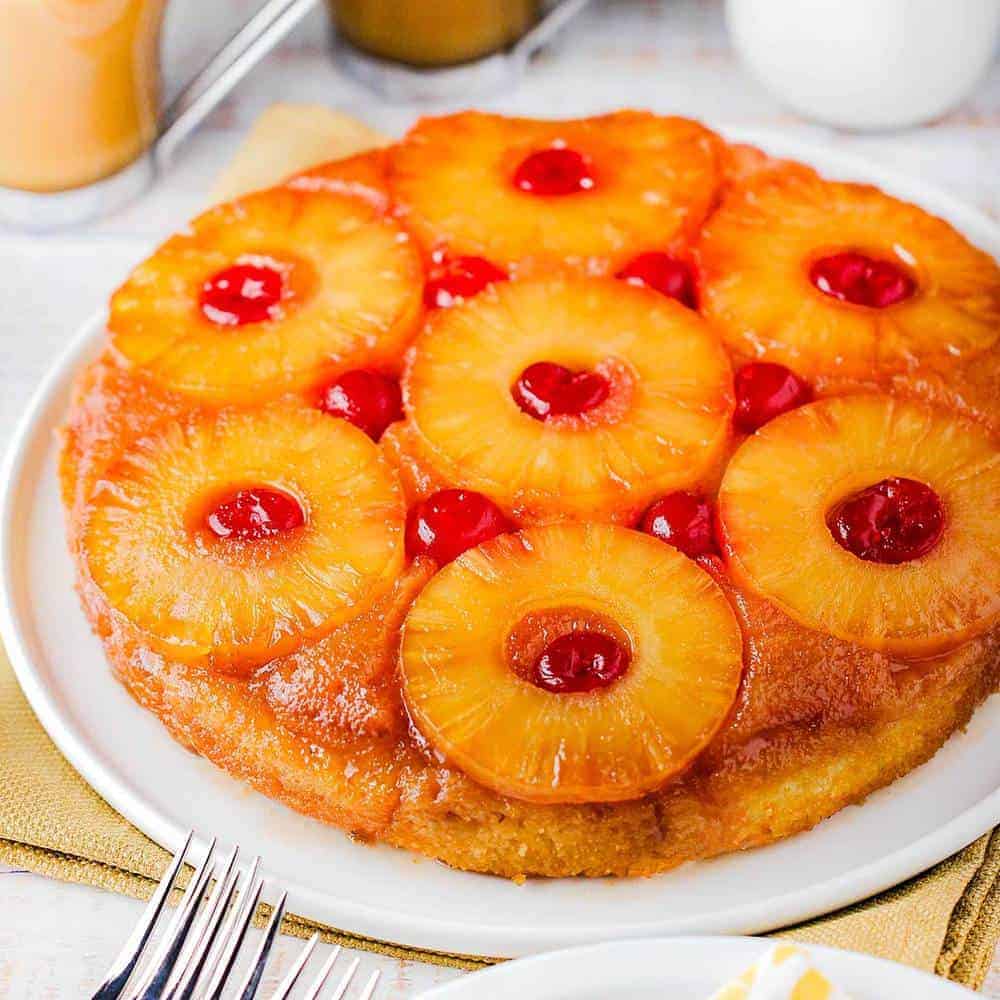
Classic Pineapple Upside-Down Cake
howtofeedaloon.com -
/blc51-56a498265f9b58b7d0d7badc.jpg)
Recipe for Classic Pineapple Upside-Down Cake
thespruceeats.com -

Pineapple Upside-Down Cake Recipe | Cook the Book
seriouseats.com -
Skillet Pineapple Upside Down Cake Recipe
seriouseats.com -
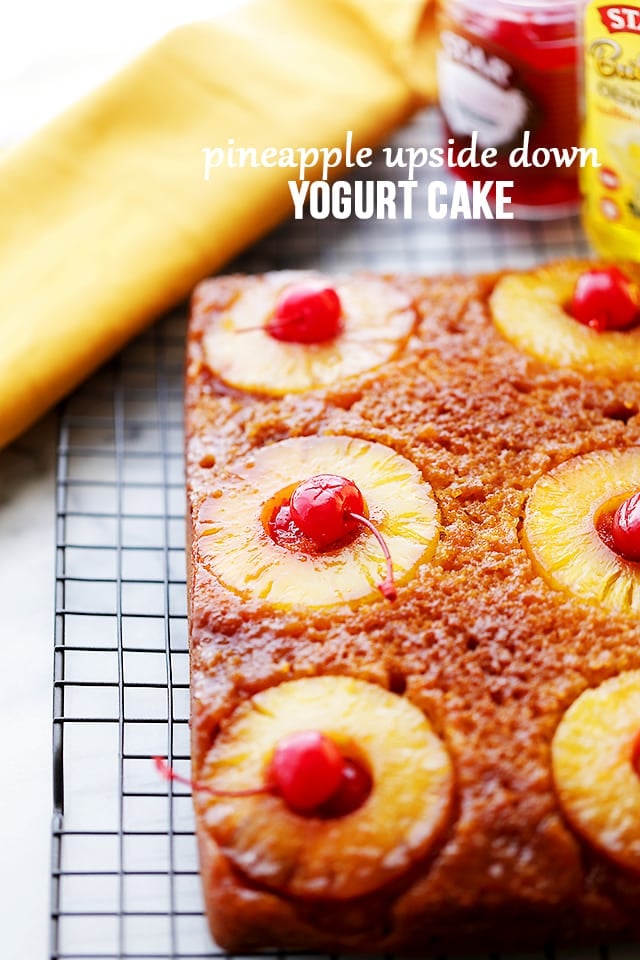
Pineapple Upside Down Yogurt Cake Recipe
diethood.com -
Mango Pineapple Upside-Down Cake Recipe
seriouseats.com -
:max_bytes(150000):strip_icc()/PineappleUpsideDownCakeHERO-c5e442152e6643f39f43ca8fe4723993.jpg)
Easy Pineapple Upside-Down Cake Recipe
thespruceeats.com -
:max_bytes(150000):strip_icc()/183835219-589da6853df78c47584a0e4a.jpg)
Double Pineapple Upside-Down Cake Recipe
thespruceeats.com -
:max_bytes(150000):strip_icc()/__opt__aboutcom__coeus__resources__content_migration__serious_eats__seriouseats.com__recipes__images__2012__07__20120731-127677-LTE-Choc-Sout-Pineapple-PRIMARY-54ae0a1716ef4dd49d935e612a20edfa.jpg)
Chocolate-Stout Upside-Down Pineapple Cake Recipe
seriouseats.com -
/dessert-food-463383169-58a992bc5f9b58a3c90a0b63.jpg)
Skillet Pineapple Upside Down Cake Recipe
thespruceeats.com -
:max_bytes(150000):strip_icc()/sweet-homemade-pineapple-upside-down-cake-688742126-5ab678b43128340037283032.jpg)
Vegan Pineapple Upside-Down Dump Cake Recipe
thespruceeats.com -
:max_bytes(150000):strip_icc()/pineappleupsidedowncake-5b72f33946e0fb00500e4fd9.jpg)
Pineapple Upside Down Bundt Cake Recipe
thespruceeats.com -

Frosted Coconut Pineapple Upside Down Cake
theendlessmeal.com -
:max_bytes(150000):strip_icc()/__opt__aboutcom__coeus__resources__content_migration__simply_recipes__uploads__2007__07__pineapple-upside-down-cake-with-cherries-horiz-a-1600-de7d30db879e4759bb07ac935fa49041.jpg)
Pineapple Upside Down Cake Recipe {My Personal Favorite!}
simplyrecipes.com
